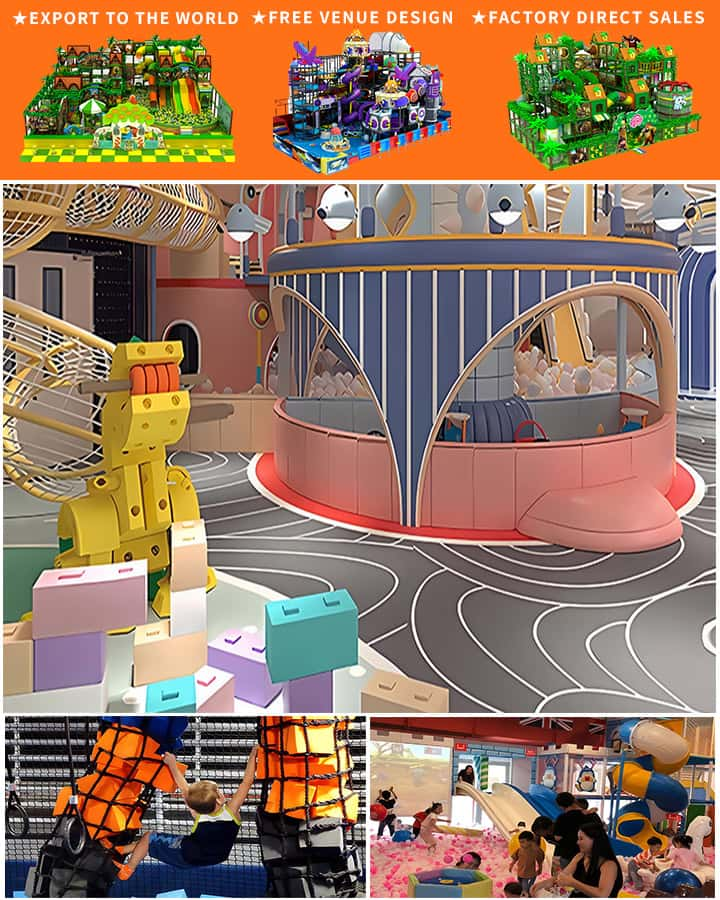In an age where budget constraints can significantly impact educational institutions, finding ways to maximize resources becomes paramount. One area often overlooked is the playground, yet it holds immense potential for fostering physical activity, social interactions, and overall childhood development. Opting for used school playground equipment presents an excellent opportunity to revitalize these spaces without breaking the bank. Here’s a comprehensive guide on how to navigate the acquisition and rejuvenation of used playground equipment.
Understanding the Benefits
Before diving into the procurement process, it’s essential to recognize the myriad benefits of choosing used playground equipment. Firstly, cost-effectiveness stands out as the most apparent advantage. New equipment can be prohibitively expensive, making it challenging for schools to allocate funds towards other crucial areas such as academics or extracurricular activities. By purchasing used, schools can stretch their budgets further, acquiring more pieces or higher quality items within the same financial parameters.
Moreover, opting for pre-owned equipment contributes to environmental sustainability. Reusing existing structures reduces waste and the demand for new materials, aligning with broader efforts to promote eco-friendly practices in educational settings.
Assessing Your Needs
The first step in acquiring used playground equipment is assessing your specific needs and existing infrastructure. Conduct a thorough evaluation of your current playground setup. Identify which pieces are worn out, outdated, or no longer safe for use. Pay special attention to safety standards compliance, as outdated equipment may not meet modern regulations and could pose risks to children.
 Determine the age range of your students and choose equipment that caters to their developmental needs. Toddlers, for instance, will require different types of play structures compared to older elementary school children. Engaging all age groups ensures that every student can benefit from the playground, promoting inclusivity and equal opportunities for physical activity.
Determine the age range of your students and choose equipment that caters to their developmental needs. Toddlers, for instance, will require different types of play structures compared to older elementary school children. Engaging all age groups ensures that every student can benefit from the playground, promoting inclusivity and equal opportunities for physical activity.
Researching Sources
Once you have a clear understanding of your requirements, the next step is researching reliable sources for used playground equipment. Several avenues can be explored, including:
Local Government Surplus Auctions: Municipalities frequently sell surplus or retired playground equipment at auctions. These items are often well-maintained and still in good condition. Attending these auctions or monitoring online listings can yield significant savings.
School District Sales: When schools upgrade their facilities, they might sell off old equipment. Networking with neighboring districts or checking their websites can alert you to upcoming sales or donations.
Specialized Online Marketplaces: Websites dedicated to selling used playground equipment offer a wide selection, allowing you to compare prices and conditions easily. Always verify the credibility of the sellers and inquire about any warranties or return policies.
Non-Profit Organizations: Groups focused on community development or children’s welfare sometimes distribute used playground equipment as part of their initiatives. Connecting with these organizations can result in receiving donations or accessing discounted rates.
Safety First
Safety should always be the top priority when it comes to playground equipment. Even if you’re purchasing used items, ensure they adhere to the latest safety standards set by organizations like the American Society for Testing and Materials (ASTM) and the Consumer Product Safety Commission (CPSC). Conduct a detailed inspection upon arrival, checking for loose parts, rust, cracks, or sharp edges that could endanger users. If possible, involve a professional inspector to guarantee thorough assessments.
Refurbishing and Maintenance
To extend the lifespan of your used playground equipment and maintain a safe environment, invest in regular maintenance and necessary refurbishments. This may include replacing worn-out parts, repainting surfaces, or adding soft landing materials like rubber mats or mulch. Establish a routine inspection schedule to catch potential hazards early and address them promptly.
Community Involvement
Lastly, consider involving the school community in the process. Encourage parents, teachers, and students to participate in fundraising efforts to cover refurbishment costs or organize volunteer days for cleaning and minor repairs. Such initiatives not only enhance the playground but also foster a sense of ownership and pride among stakeholders.
In conclusion, incorporating used school playground equipment into your facility’s offerings is a smart, sustainable, and fiscally responsible decision. By carefully evaluating your needs, sourcing from reputable channels, prioritizing safety, and engaging the community, you can transform your playground into a vibrant space that enriches the lives of students and promotes healthy, active lifestyles




